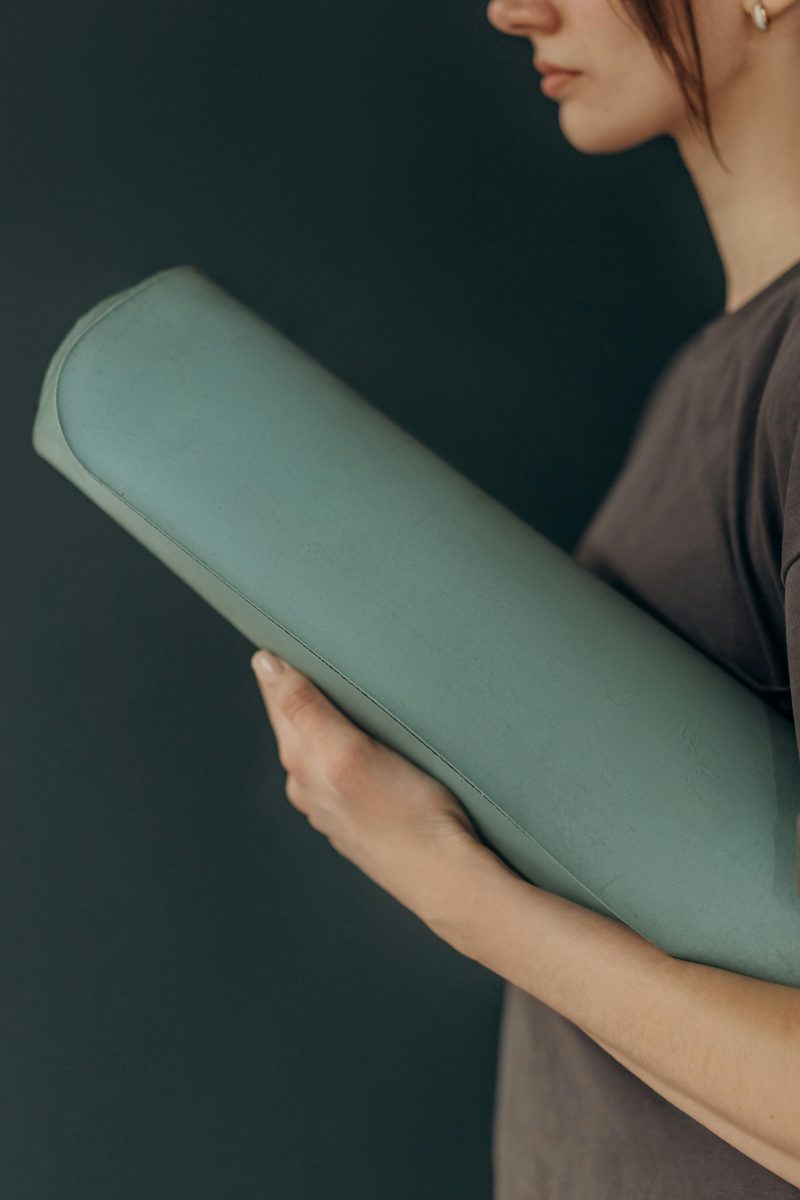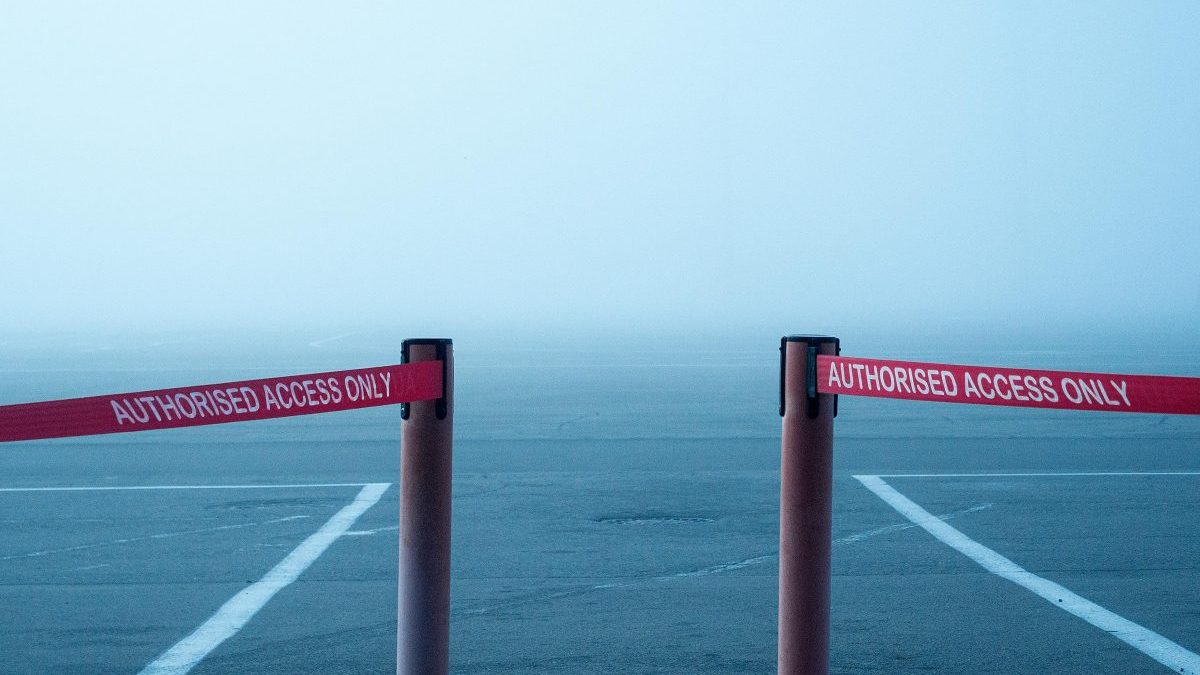Last Updated on: 14th July 2024, 09:06 am
Introduction to Paddleboarding

Paddleboarding, with its roots tracing back to the ancient cultures of Africa and South America, has evolved from a mode of transportation to a thrilling water sport. This transformation over centuries showcases its enduring appeal. Today, it stands as a testament to human ingenuity in harnessing the power of water for recreation.
- As a full-body workout, paddleboarding engages every muscle group, offering a unique blend of strength training, balance, and endurance.
- The act of balancing on the board while paddling through water requires a symphony of muscle coordination, making it an exceptional exercise for core strengthening.
- Its low-impact nature also ensures accessibility to a wide range of fitness enthusiasts, from beginners to seasoned athletes.
The surge in paddleboarding’s popularity for fitness can be attributed to its versatility and the holistic workout it provides. It’s not just a sport; it’s a lifestyle that promotes health, well-being, and a deep connection with nature. As more people seek outdoor activities that challenge the body and soothe the mind, paddleboarding has emerged as a favorite, marking its place in the fitness world.
The Core of Paddleboarding: Strengthening Your Midsection

Paddleboarding is not just a test of balance and endurance; it’s a powerful core workout. When you’re navigating through water, every stroke of the paddle engages your midsection. This engagement is not superficial; it targets deep core muscles, including the transverse abdominis and obliques, which are crucial for overall strength and stability.
- Stability and balance are at the heart of paddleboarding. As you strive to maintain your equilibrium on the board, your core muscles are constantly activated.
- This continuous engagement is what makes paddleboarding an exceptional exercise for core strengthening.
- Unlike static exercises that target the core, paddleboarding introduces a dynamic element that challenges your muscles in a unique way, enhancing both strength and coordination.
When compared to other core-strengthening exercises, paddleboarding stands out for its holistic approach. Traditional workouts might isolate the core, but paddleboarding integrates it into a full-body exercise. This not only strengthens the midsection but also promotes better posture, reduces back pain, and improves overall physical performance. The dynamic nature of balancing on a moving board, combined with the resistance of paddling, offers a workout that is both challenging and rewarding.
Balance and Coordination: The Hidden Benefits of Paddleboarding

The mechanics of balance on a paddleboard are intricate and fascinating. Standing on a floating board requires constant micro-adjustments from your body, engaging your core and stabilizer muscles. This dynamic form of balance is not just about staying upright; it’s about harmonizing with the water’s movement. It’s a dance, requiring both concentration and relaxation.
- Improving proprioception and body awareness through paddleboarding is another hidden gem.
- This enhanced awareness translates into better posture, more graceful movements, and a reduced risk of injury in daily life and other sports.
- The benefits of enhanced balance extend far beyond the water. A strong sense of balance improves your efficiency in daily activities and boosts your performance in other sports.
In essence, paddleboarding is not just an enjoyable water sport; it’s a comprehensive exercise that strengthens the body, sharpens the mind, and enhances overall physical performance. Its benefits ripple through every aspect of life, making it a valuable addition to anyone’s fitness regimen. As you paddle through the water, remember, you’re not just navigating a board; you’re steering towards better balance, coordination, and health.
Techniques and Tips for Maximizing Core Engagement on a Paddleboard

Mastering the proper stance and posture is the first step to effective core engagement on a paddleboard. Stand with your feet parallel, about hip-width apart, slightly bending your knees. This position not only provides stability but also ensures that your core muscles are primed for action. Keep your back straight and your shoulders relaxed, allowing your core to fully engage with each paddle stroke.
- Paddling techniques play a pivotal role in maximizing core strength and balance. Use your entire body when paddling, not just your arms.
- Initiate the stroke by twisting from your torso, engaging your obliques, and pushing the paddle through the water with power derived from your core.
- Avoid common mistakes to ensure your paddleboarding experience strengthens your core effectively. One such mistake is overreliance on arm strength, which not only reduces the effectiveness of the workout for your core but can also lead to fatigue and injury.
By focusing on proper stance, utilizing full-body paddling techniques, and avoiding common pitfalls, you can transform your paddleboarding experience into a powerful core-strengthening session. This approach not only enhances your physical performance on the water but also contributes to your overall fitness and well-being.
Incorporating Paddleboarding into Your Fitness Routine

Designing a paddleboarding workout plan can significantly enhance core strength and balance. Begin with sessions focused on maintaining stability on the board, gradually increasing the duration as your confidence grows. Incorporate intervals of high-intensity paddling to challenge your core, alternating with periods of steady, moderate paddling to build endurance.
Complementary exercises off the water can amplify the benefits of paddleboarding. Yoga and Pilates improve flexibility and core strength, directly impacting your balance and stability on the board. Strength training, particularly exercises targeting the upper body and core, can enhance your paddling power and endurance.
Seasonal and location considerations are crucial for a successful paddleboarding routine. In warmer months, explore various water bodies to keep the experience fresh and challenging. During colder seasons, indoor paddleboarding classes or balance board exercises can maintain your skills and strength. Choosing the right location based on your skill level—calm lakes for beginners and more dynamic ocean waters for advanced paddlers—can make your workout both safe and effective.
Ultimately, integrating paddleboarding into your fitness regimen offers a unique blend of core strengthening, balance enhancement, and the joy of being on the water. With thoughtful planning and a commitment to complementary training, paddleboarding can become a cornerstone of your fitness journey, delivering profound physical and mental benefits.
Safety Measures and Best Practices for Paddleboarding

Essential Safety Tips for Paddleboarding
- Wear a Personal Flotation Device (PFD): Always have a PFD on to ensure safety in case of an unexpected fall into the water.
- Use a Leash: Tether yourself to your board to prevent it from drifting away if you lose your balance.
- Paddle with a Buddy: Especially important when you’re still getting accustomed to the sport.
Choosing the Right Equipment
- Selecting the Appropriate Board: Beginners should opt for wider, longer boards for increased stability.
- Choosing Your Paddle: Your paddle should reach your wrist when you’re standing and your arm is raised above your head, ensuring efficient paddling without overexertion.
- Finding the Right PFD: A PFD should fit snugly without restricting movement, and it must be U.S. Coast Guard-approved.
Understanding Weather and Water Conditions
- Check the Weather Forecast: Avoid strong winds and storms that can make paddleboarding hazardous.
- Know the Waterway’s Current and Tide Patterns: Prevent being caught in conditions beyond your skill level by familiarizing yourself with these patterns.
- Choose Calm, Flat Water: Ideal for beginners, while more experienced paddlers may seek the challenge of choppy conditions.
By adhering to these safety measures and best practices, you can enjoy the core-strengthening benefits of paddleboarding with peace of mind, knowing you’re prepared for a safe and enjoyable experience on the water.
In Closing
Paddleboarding redefines core strength and balance. It’s a journey of resilience on water, blending physical challenge with serene connection to nature. Through the rhythmic dance of paddling, individuals discover a profound sense of harmony between body and environment, fostering not just physical, but mental well-being. Embrace this ancient yet evolving sport as a pathway to unparalleled core stability, inviting a future of health, balance, and adventure.
Paddleboarding for Core Strength and Balance FAQs
Practicing yoga poses or simple balance exercises on a paddleboard can significantly enhance balance skills. Moves such as standing on one leg or transitioning between poses challenge your balance and engage your core, making them effective for skill enhancement. These exercises not only improve balance but also increase core strength and flexibility.
Yes, beginners can expect to see improvements in their core strength and balance from paddleboarding, even from their first few sessions. The initial learning phase itself is a great workout, as it requires engaging the core muscles for stability and balance on the board. With continued practice, these improvements will become more pronounced.
Yes, paddleboarding significantly improves core strength as it requires constant balance and stabilization. Engaging the core muscles helps in maintaining balance on the board, which in turn strengthens them. This activity also enhances overall muscle tone and endurance, making it an effective workout for the core.
Paddleboarding can complement traditional core workouts by adding variety and functional training elements that target balance and stability. While it engages the core muscles in a dynamic and challenging way, incorporating traditional core exercises can ensure a well-rounded core strength and stability program. It’s beneficial to include both forms of exercise for optimal core health and performance.
Paddleboarding can help strengthen the lower back, as the core muscles include the lower back muscles which are engaged to maintain balance. The act of paddling also involves the lower back muscles, contributing to their strengthening over time. This can lead to reduced back pain and improved posture.
The water condition significantly affects the workout intensity, as rougher waters require more balance and core engagement to maintain stability. Calm waters are suitable for beginners, offering a gentler workout, while choppy conditions provide a more challenging environment that tests and strengthens the core and balance. Therefore, varying water conditions can be used to progressively increase the workout’s intensity.
To see noticeable improvements in core strength and balance, it is recommended to paddleboard at least 2-3 times a week. Consistency is key, as regular engagement challenges and strengthens the core muscles and enhances balance capabilities. Over time, this consistent practice can lead to significant improvements in both areas.
Paddleboarding is excellent for improving balance, as standing on a moving board in water demands continuous adjustments from the body. These adjustments are primarily managed by the core and leg muscles, which over time improve one’s balance and stability. Regular practice can lead to better balance in daily activities as well.
Engaging the core during paddle strokes and maintaining a proper stance on the board are specific techniques that can help improve core strength. Focusing on using the core muscles to power the paddle stroke, rather than just the arms, ensures a full body workout. Additionally, maintaining a slightly bent knee stance and an upright posture engages the core throughout the activity.
A wider, more stable paddleboard is best for beginners focusing on improving core strength and balance, as it provides a more stable platform for practice. As skills improve, transitioning to a narrower board can offer more of a challenge, further engaging the core and balance muscles. The key is to find a board that offers enough stability to practice effectively while still challenging your balance.
Orlando is a all round athlete from Australia, now resident in Germany. His sports of passion of American Football(Offensive line), weight training and indoor rock climbing where he uses his 195cm wing span to his advantage.



